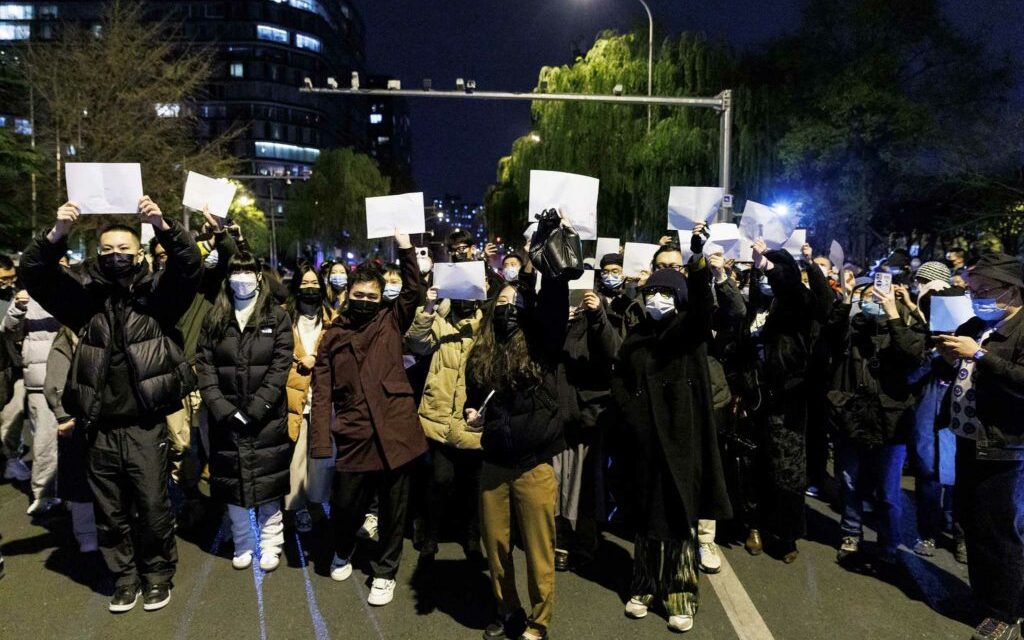By Jianli Yang
One year ago, the people of China staged massive protests against the Chinese Communist Party’s draconian zero-COVID policies. The protests, collectively known as the White Paper Movement, were the first nationwide push for freedom in China since the 1989 Tiananmen Square Massacre. As the protests went on, I wrote in an op-ed for The Washington Post arguing that four conditions must be met to have any chance of achieving meaningful change in China.
First, the Chinese people must be deeply dissatisfied with the political status quo. Second, a democratic opposition must emerge and flourish. Third, a leadership rift must occur within the CCP regime. Fourth, the international community must believe that China’s democratic opposition is viable, and be willing to provide unwavering support.
Over the past year, public dissatisfaction – the first condition – has grown deeper and broader, nurturing new possibilities for the other three conditions.
The White Paper Movement severely eroded the political and moral authority of Chinese President Xi Jinping. Reverence for Xi has waned, and protests against CCP policies have become more frequent. Meanwhile, economic challenges have persisted even after the pandemic subsided, while Xi’s global ambitions have prompted the West to take steps to counter and contain China. An increasingly paranoid Xi, in an effort to consolidate his autocratic rule, has continued his xenophobic nationalism and paranoid policies, such as the nationwide “anti-spying campaign,” thus deepening distrust in the market and among domestic and foreign entrepreneurs. All of this has exacerbated China’s economic woes…. [Continue Reading]
Source: https://thediplomat.com/2023/12/revisiting-china-one-year-after-the-white-paper-movement/
This article first appeared in The Diplomat on Dec 1, 2023





















